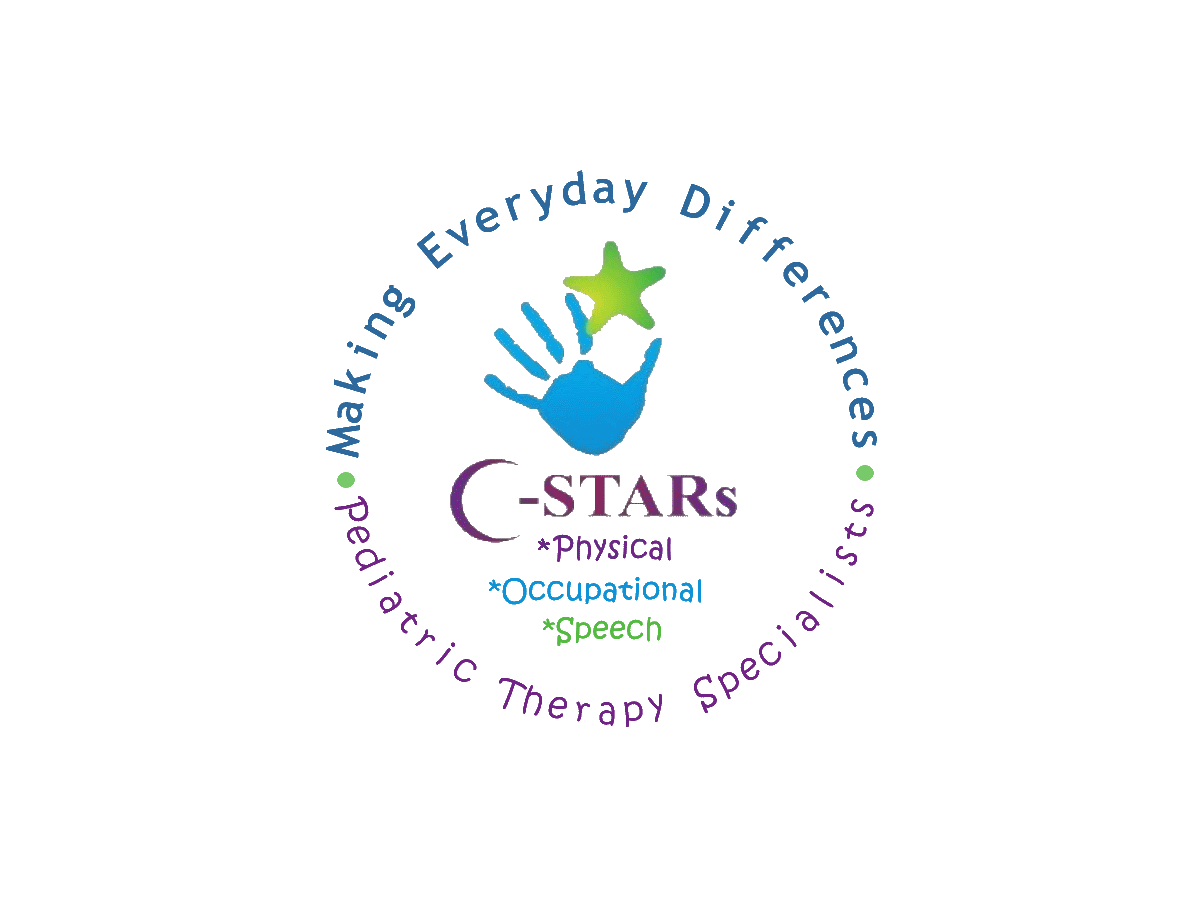GENERAL QUESTIONS
Community-STARs Pediatric Therapy Specialists in Culpeper, VA
+ What does a typical therapy session look like?
- Caregiver updates therapist on progress, challenges and medical changes
- Child and therapist work on functional, dynamic skills through fun, engaging activities
- Caregiver may come back for all or part of the session depending on child’s needs
- Caregiver and child will leave with activities to build on
+ What should I expect for an evaluation?
- Registration paperwork should be completed, if not will need to be completed that day
- Caregiver should plan on being present during entire evaluation
- Child’s medical history reviewed
- Caregiver and/or child share their concerns with therapist
- Therapist examines child using appropriate tests and measures. These include looking at a child’s strength, how well they move their head, arms and legs, etc. This assessment should not be painful.
- Therapist shares initial findings of evaluation with caregiver and child
- Caregiver and child help establish functional goals; as well as how often therapy will occur, with therapist
+ How does the therapy my child gets at school differ from the therapy they receive at an outpatient clinic?
- APTA Academy of Pediatric Physical Therapy (APPT) Fact Sheet comparing school-based and clinic-based physical therapy services:
[https://pediatricapta.org/includes/factsheets/pdfs/15%20PT%20for%20Educational%20Benefit.pdf]
My child under 3 years old…
+ How can I prepare for my child’s evaluation?**
- Check with your coverage with your insurance company
- Fill out new client registration paperwork
- Get a prescription for physical therapy from your child’s physician
- Bring your insurance card on the day of the evaluation
- Have child wear comfortable clothing
- Bring orthotics (braces)
+ Tell me more about Early Intervention Services?**
- Early Intervention Physical Therapy: IDEA Part C:
https://pediatricapta.org/includes/fact-sheets/pdfs/IDEA%20EI.pdf
+ What is the difference between therapy in the clinic and therapy through the Early Intervention (EI) Program?**
+ Do I have to choose either Early Intervention therapy services or outpatient clinical therapy services?
- No, not necessarily. There are several factors the influence this decision, including:
- Insurance coverage
- Financial resources (co-pays)
- Transportation
- Time
- Complexity of child’s needs/diagnosis
- Age of child (i.e. older children may tolerate and benefit from additional therapy)
- Additional resources needed (i.e. equipment, space, provider with specific certifications, etc.)
My child is school aged…
+ How does the therapy my child gets at school differ from the therapy they receive at an outpatient clinic?
- APTA Academy of Pediatric Physical Therapy (APPT) Fact Sheet comparing school-based and clinic-based physical therapy services: http://pediatricapta.org/includes/fact-sheets/pdfs/15%20PT%20for%20Educational%20Benefit.pdf
+ Why is my child’s physical therapy frequency different at the clinic compared to what it is at school?
- APTA APPT Fact Sheet determining appropriate dosage of school-based physical therapy: http://pediatricapta.org/includes/fact-sheets/pdfs/15%20Dosage%20Consideration%20Resource%20Manual.pdf
- APTA APPT Fact Sheet providing physical therapy in schools under IDEA 2004 http://pediatricapta.org/includes/fact-sheets/pdfs/09%20IDEA%20Schools.pdf
+ Do I have to choose either school-based physical therapy services or outpatient physical therapy clinic services?
No, not necessarily. There are several factors the influence this decision, including:
- Financial resources (co-pays)
- Insurance coverage
- Transportation
- Time
- Change in medical status (i.e. recent surgeries, BoTox, etc.)
- Decrease in strength
- New activity (i.e. sport or recreational)
- This link: https://www.southpaw.com/taking-on-a-team-approach-the-school-based-therapist-and-outpatient-therapist
Explains why it may be beneficial for a child to receive both school-based and clinic physical therapy services from a therapist’s perspective
New Client Process:
Please follow the following steps for your child to become a new Community-STARs client:
+ Step 1: Contact your child's primary care physician and request a referral or prescription
- For 'PT Evaluation and Treatment' or ‘OT Evaluation and Treatment’ or ‘SLP Evaluation and Treatment’ with diagnosis code(s). This can be faxed to Community-STARs at (540) 595-3482 or you can bring it with you to the evaluation appointment. We are not able to evaluate your child without a prescription and some insurances require this to be from the primary care provider and not only from a specialist.
+ Step 2: Please use this form to check your child's insurance benefits in order to be aware of your financial responsibility:
+ Step 3: Call Community-STARs
- (540) 225-1150 to schedule an evaluation appointment.
+ Step 4: Complete the Community-STARs new client paperwork
- Please see the New Client Enrollment below
- Please email to CSTARs4Therapy@gmail.com
- Fax to (540) 595-3482 bring with you to your child's evaluation appointment.
- Privacy Notice | [HIPAA: Community-STARs HIPAA Privacy Policy][2
+ Step 5: See our FAQ
- Under the Services tab for additional information.


